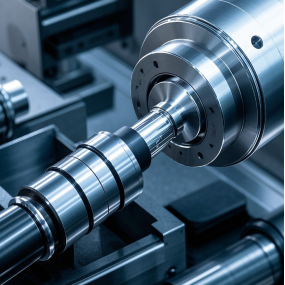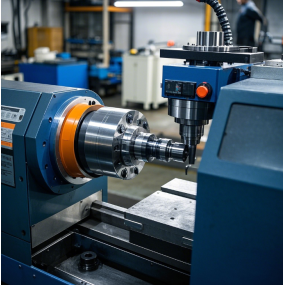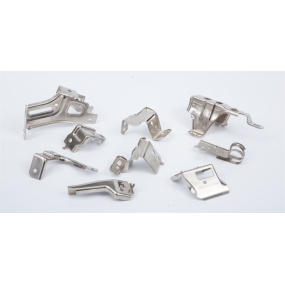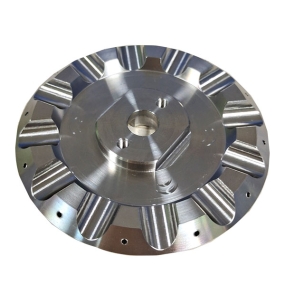When processing precision stainless steel parts, we need to achieve speed, accuracy, and precision. However, we may encounter difficulties during processing. Below, the editor will tell you about the difficulties in processing precision stainless steel parts!
Due to its high-quality edibility, formability, suitability, and strong ductility over a wide temperature range, it is widely used in industries such as heavy industry, light industry, daily necessities, and building decoration.
Alloy steel with chromium content greater than 12% or nickel content greater than 8% is called stainless steel.
This type of steel has a certain degree of corrosion resistance in the atmosphere or corrosive media, and has high strength at higher temperatures (>450 ℃). Steel with a chromium content of 16% to 18% is called acid resistant steel or acid resistant stainless steel, commonly known as stainless steel.
Due to the above characteristics of stainless steel, it is increasingly widely used in industrial sectors such as aviation, aerospace, chemical, petroleum, construction, food, and daily life.
During the stainless steel processing, the following difficulties will be encountered:
Severe work hardening: Stainless steel has high plasticity, distortion of properties during plastic deformation, and a large strengthening coefficient; In addition, austenite is not stable enough, and some austenite can transform into martensite under cutting stress; In addition, composite impurities are easily decomposed and dispersed under the action of cutting heat, resulting in a hardened layer during the cutting process. The work hardening phenomenon caused by the previous feeding or previous process seriously affects the smooth progress of subsequent processes.
High cutting force: Stainless steel undergoes significant plastic deformation during the cutting process, leading to an increase in cutting force. Stainless steel has severe work hardening and high thermal strength, which further increases cutting resistance and makes it difficult to curl and break chips.
High cutting temperature: large plastic deformation during cutting, high friction with the tool, and high cutting heat; A large amount of cutting heat is concentrated in the cutting area and the tool chip contact interface, resulting in poor heat dissipation conditions.


 Spanish
Spanish Arabic
Arabic Spanish Basque
Spanish Basque Portuguese
Portuguese Belarusian
Belarusian Japanese
Japanese Russian
Russian Icelandic
Icelandic Bulgarian
Bulgarian Azerbaijani
Azerbaijani Estonian
Estonian Irish
Irish Polish
Polish Persian
Persian Boolean
Boolean Danish
Danish German
German French
French Filipino
Filipino Finnish
Finnish Korean
Korean Dutch
Dutch Galician
Galician Catalan
Catalan Czech
Czech Croatian
Croatian Latin
Latin Latvian
Latvian Romanian
Romanian Maltese
Maltese Malay
Malay Macedonian
Macedonian Norwegian
Norwegian Swedish
Swedish Serbian
Serbian Slovak
Slovak Slovenian
Slovenian Swahili
Swahili Thai
Thai Turkish
Turkish Welsh
Welsh Urdu
Urdu Ukrainian
Ukrainian Greek
Greek Hungarian
Hungarian Italian
Italian Yiddish
Yiddish Indonesian
Indonesian Vietnamese
Vietnamese 简体中文
简体中文 Haitian Creole
Haitian Creole









